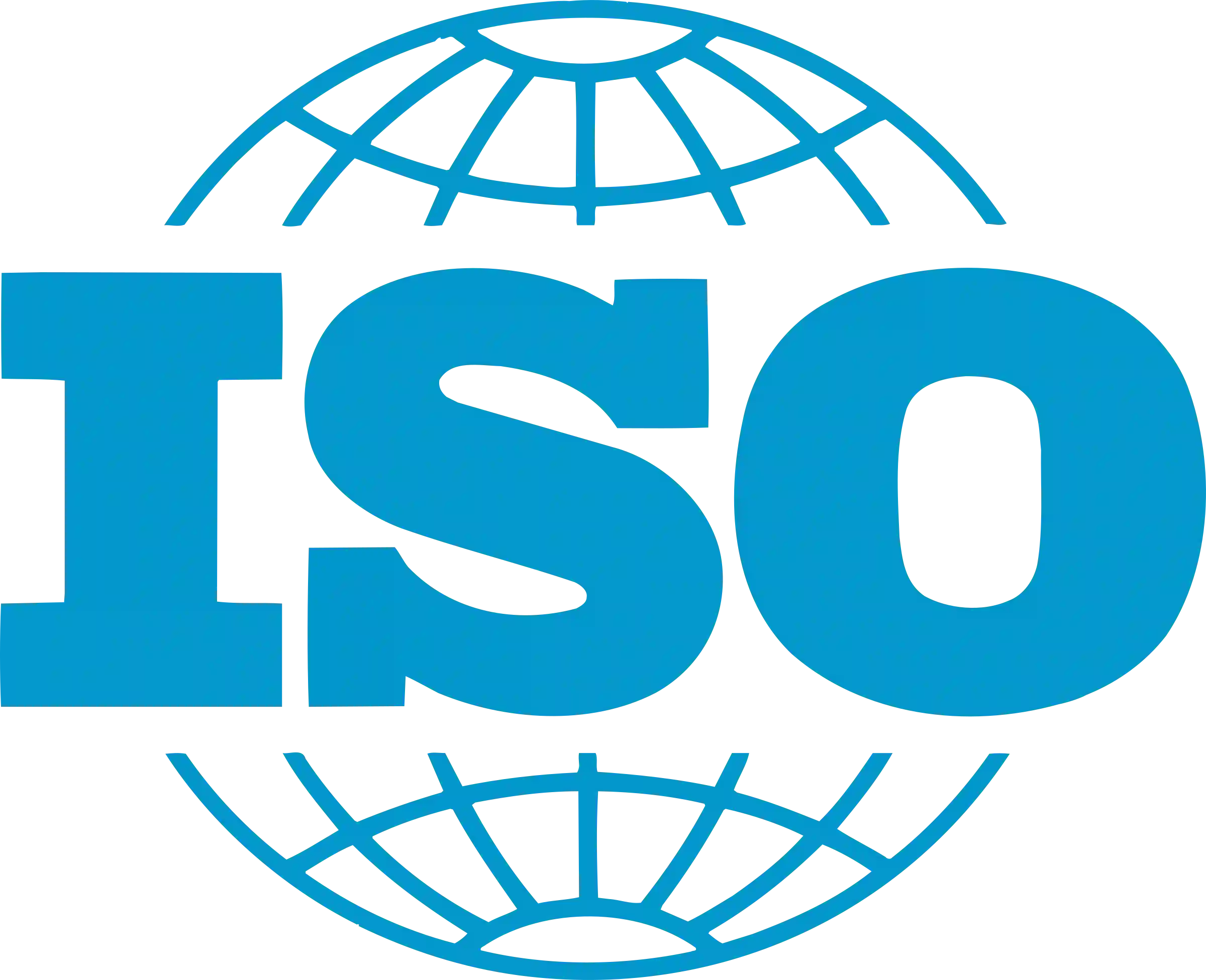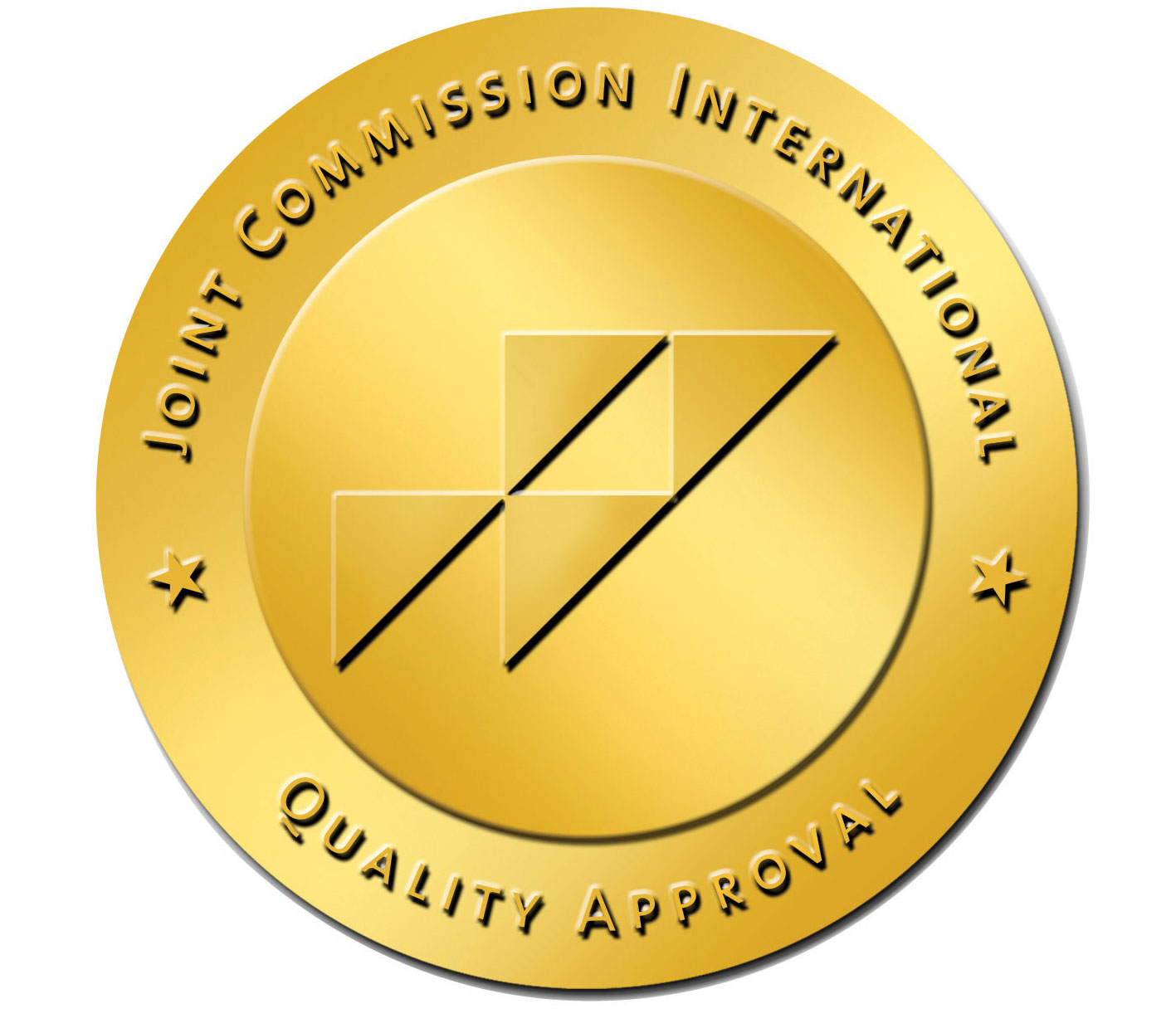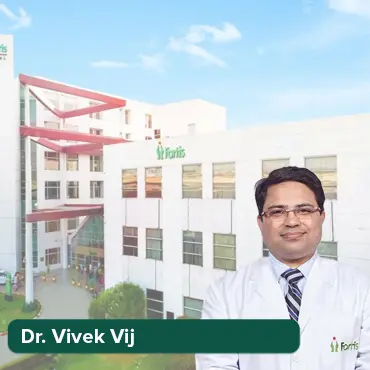
Understanding the Different Types of Bypass Surgery
02 May, 2023
 Obaidullah Junaid
Obaidullah JunaidBypass surgery is a type of surgery done to change blood flow around a blocked or damaged artery. This procedure is often used to treat coronary artery disease, which occurs when plaque builds up in the arteries that supply blood to the heart. There are many different types of bypass surgery, each with its own benefits and risks. This blog reviews different types of bypass surgery and their indications.
1. Coronary artery bypass graft (CABG) surgery
Coronary artery bypass graft surgery (CABG) is the most common type of bypass surgery. This is a procedure in which a blood vessel is taken from another part of the body, such as the chest, leg, or arm, and transplanted into a coronary artery to bypass the blockage. This surgery is usually done when the obstruction is too severe to be treated with medications or other less invasive procedures.
CABG is performed under general anesthesia and usually takes 4-6 hours. The surgeon makes an incision in the chest to access the heart and bypass the blocked artery. Patients usually need to be hospitalized for several days after surgery to monitor complications and begin the recovery process.
2. Off-pump coronary artery bypass graft (OPCAB)
Transform Your Beauty, Boost Your Confidence
Find the right cosmetic procedure for your needs.

We specialize in a wide range of cosmetic procedures

Off-pump coronary artery bypass graft (OPCAB) is a variant of CABG performed without the use of a heart-lung machine. Instead, the surgeon uses a special device to stabilise the area of the heart to operate on, allowing the bypass to be performed without stopping the heart.
OPCAB is usually performed in patients at high risk of complications from conventional her CABG. B. Patients with lung disease or kidney problems. OPCAB usually has a shorter recovery time than conventional CABG and may have fewer complications.
3. Minimally Invasive Direct Coronary Artery Bypass Graft (MIDCAB)
Minimally invasive direct coronary artery bypass grafting (MIDCAB) is a new technique performed through a small incision in the chest. This operation is usually performed on patients who have blockages in only one or two arteries and are not suitable for conventional his CABG.
MIDCAB is performed under general anaesthesia and usually lasts 2-3 hours. A surgeon makes several small incisions in the chest to access the blocked artery and grafts a vessel into the artery to bypass the blockage. Recovery time is usually shorter with MIDCAB than with conventional CABG, reducing complications. Will occur less often.
4. Robotic Coronary Artery Bypass Grafting (RACAB)
Robotic coronary artery bypass grafting (RACAB) is a type of minimally invasive surgery performed using a robotic system. This surgery is usually performed on patients who have blockages in only one or two arteries and are not suitable for her traditional CABG. RACAB is performed under general anesthesia and usually lasts 3-4 hours. A surgeon makes several small incisions in the chest to access the blocked artery, and then uses a robotic system to graft a vessel into the artery to bypass the blockage. Shorter and less complicated than CABG.
5. Trans myocardial Laser Revascularization (TMR)
Most popular procedures in India
Atrial septal defect
Upto 80% off
90% Rated
Satisfactory

Coronary Angiogram a
Upto 80% off
90% Rated
Satisfactory
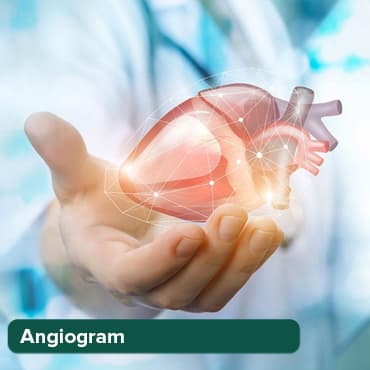
Coronary Angiogram C
Upto 80% off
90% Rated
Satisfactory
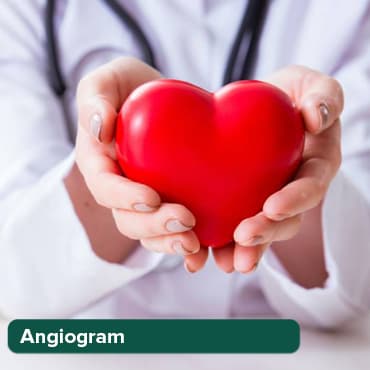
Liver Transplant
Upto 80% off
90% Rated
Satisfactory
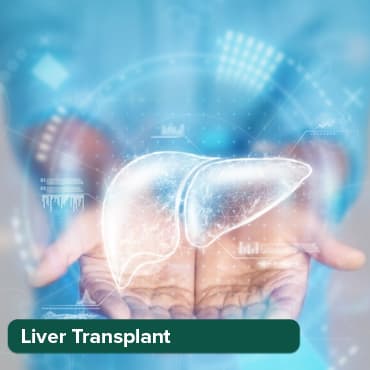
Total Hip Replacemen
Upto 80% off
90% Rated
Satisfactory
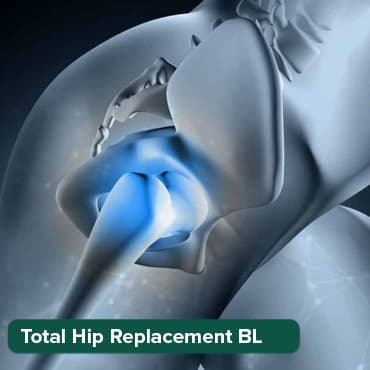
Tran’s myocardial laser revascularization (TMR) is a procedure performed to increase blood flow to the heart muscle by using a laser to create small channels in the heart. This surgery is usually done for patients with severe angina (chest pain) that cannot be treated with medications or other less invasive procedures.
TMR runs under general anesthesia usually lasts 2-3 hours. The surgeon makes a small incision in the chest to access the heart and uses a laser to create small channels in the heart muscle. This procedure can be performed alone or in combination with other procedures such as CABG.
Recovery time for TMR is usually shorter and fewer complications occur than for conventional his CABG. However, TMR is not as effective as other types of bypass surgery and is usually reserved for patients who are not suitable for other surgeries.
6. Percutaneous coronary intervention (PCI)
Percutaneous coronary intervention (PCI), also known as angioplasty or stenting, is a minimally invasive procedure performed to treat blockages in the coronary arteries. For this procedure, a catheter is inserted through a small incision in the groyne or arm and into the blocked artery. A balloon at the end of the catheter is inflated to open the blockage, and a stent (a small tube of mesh) is inserted to keep the artery open.
PCI is usually performed on patients whose obstruction is less severe or who are not suitable for conventional her CABG. Recovery time from PCI is usually shorter than traditional CABG and may have fewer complications. However, the benefits of PCI may not last as long as his CABG and some patients may require additional procedures in the future.
If you have symptoms of coronary artery disease, such as chest pain or shortness of breath, it's important to talk to your doctor about treatment options. Bypass surgery may be an effective option for some patients, but it is important to weigh the benefits and risks carefully before making a decision. Your doctor can help determine which type of bypass surgery is right for you.
Wellness Treatment
Give yourself the time to relax
Lowest Prices Guaranteed!

Lowest Prices Guaranteed!
